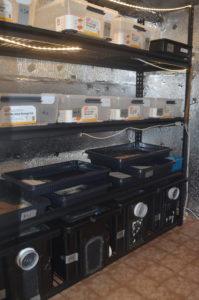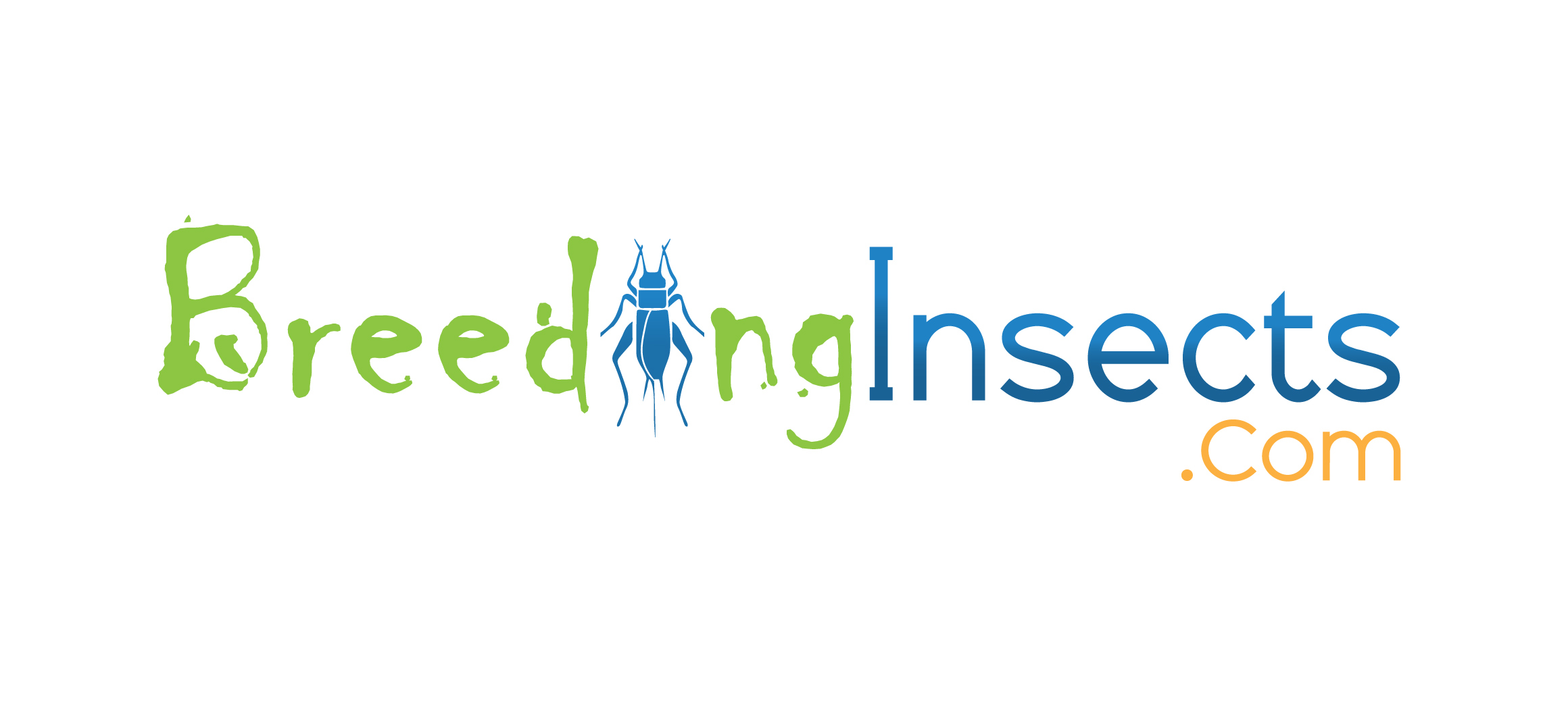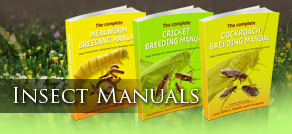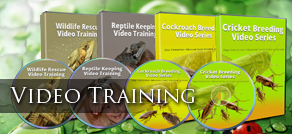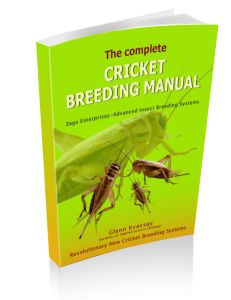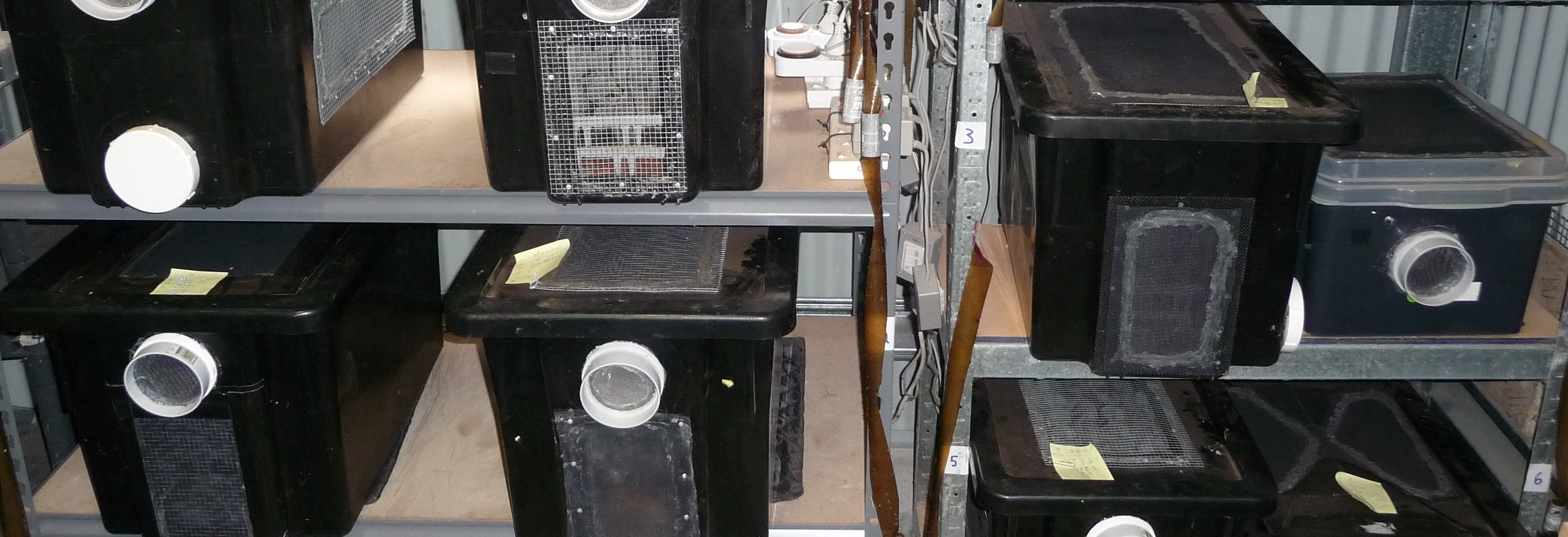
Lesson 5- Wet Food and Water Requirements
Wet Food and Water Requirements
Wet food (vegetables and fruits) and moisture must be made available to crickets at all times. If water is not freely available crickets will have no choice but to eat each other to obtain their moisture requirements.
Feeding Frequency
Ideally food would be changed daily, however I have found that every second day is adequate if you have a reliable water dispenser. The only exception to this are days of extremely high temperatures or humidity, which cause accelerated fermentation and therefore daily food additions may be preferential. If you choose to use fruit and vegetables as the sole source of water (no water dispensers) they will need to be added daily without failure. Our quick feeding systems allows you to feed 10 containers in just One minute.
Types of Fruit and Vegetables
Generally speaking vegetables are better than fruits as they don’t ferment as quickly (high water content and sugars in fruits). I would recommend using apples and oranges which tend to ferment more slowly than other fruits.
Most vegetables can be used including, carrots, sweet potato, pumpkin, lettuce, broccoli, cauliflower (and leaves), and beans. Root vegetables are superior to green vegetables as they contain a high nutrient/energy ratio and will generally last longer. The standard vegetable mixture I use are equal quantities of carrot and sweet potato due to their longevity, price and availability.
What not to do!

Be cautious when using vegetables that are grown above ground as they are often sprayed with pesticides, which may kill your crickets if not washed. If vegetable scraps from the kitchen are used, it is advisable to wash the vegetables p
rior to putting them in the fridge using a water mixture containing 1 or 2 teaspoon of white vinegar per 2 litres (0.53 gallons). This is a good practice for yourself and your crickets as the acidic vinegar helps remove pesticides from the vegetables. Some vegetables such as broccoli, silver beet and cabbage contain high levels of oxalic acid, and their use should be minimized as they can cause health issues in reptiles and amphibians.
Food and Water Containers
Traditional Methods
There are a number of ways that people use to provide food and water to their crickets (bowls, water crystals, cotton wool etc). Unfortunately many of these methods often get dirty and unhygienic quickly, or need to be topped up daily for a large active colony. An active colony in a 70L (18.49 gallons) container will drink 700ml or more (16.91-23.67 oz) of water/week in hot weather.
Efficient Food and Watering Dispensers
Some web sites show how to build some basic water and food dispensers, but I have found them to be unstable (fall over) or not reliable. Water dispensers often stop working as they develop a vacuum when the water drains. There is nothing worse than lifting a container for cleaning and having 500ml of water spilling onto a thick layer of detritus which needs to be scooped out. A stable, reliable, cheap and robust food and water dispenser system is essential….luckily we have spent years refining our design, and have worked this out for you.
Automated dispensers allow food and water to be dispensed as required, with refilling required only 7-14 days. If you go away for extended periods (up to 14-21 days) the size of the reservoirs can be increased to cater for longer periods.
Benefits of our Methods…
Below is a summary of the “Food and Water Requirements” sections of our Cricket Breeding Manual:
- 4 different food/water dispensers to choose from which covers small and large scale production.
- 18 pages detailing how to build a food try with removes all wet/dry food and water together for quick and easy maintenance.
- Our automated feeding/watering dispensers, allows you to feed crickets for over 2 weeks unattended if necessary (i.e. good for going away on holidays). They are inexpensive to build, durable and designed not to spill. They dispense food at a controlled rate which saves money, reduces the frequency for refilling and improves hygiene.
- 7 different methods/tools to feed crickets to your animals quickly and easily (and filter them to the right size).
- Learn essential nutrients for cricket development, how to purchase food in bulk and store/process them properly to save wastage and money. Food recipes for standard and fast growth, gut loading and dusting.
- Tables outlining the nutritional content of key food groups such as dog, cat and chicken layer dry foods.
- Detailed instructions and photos how to build containers.
Remember with our productive systems the average family (two children family) can turn their scrap vegies into $1400 worth of crickets…or even better you can add extra containers and make more money. To save yourself thousands of dollars and lots of work, our manuals can be purchased from Our Products page.
In tomorrow’s lesson we will look and providing dry foods, and gut loading/dusting. We will be in touch soon.
The Worlds most Comprehensive Cricket Breeding Guide
With around 160 pages and 240 color photos our insect breeding book series set the benchmark for insect breeding. To see why our book is the most comprehensive book you can buy on the topic, click Here or to purchase click Here. In this link we will provide you with:
- A Book sample with includes the books contents.
- 50 techniques our books will provide you to save time and effort.
- How to access free videos when you purchase the books
- How to breed crickets and cockroaches using the same materials.
Guided online tour of the Worlds most comprehensive Cricket Book
Why not Turn an Expense Into Income?
For Information and advice on commercial production, Click Here. We have been breeding insects to Zoos, Wildlife carers, pet stores and the public for over 14 years.
We can show you how to build a profitable insect business. See below how you can follow our latest project converting a 20 foot caravan into a profitable insect business.
